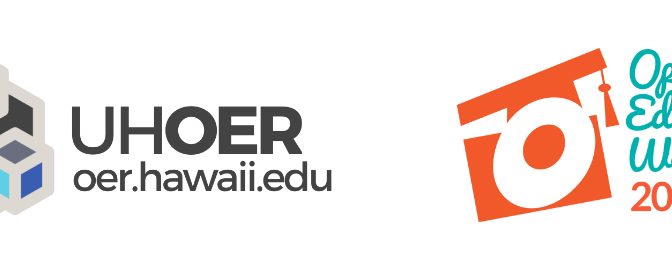
It all sounded so good. Like summer camp. We would all be together, yes, working hard, 9am-9pm, but we’d have good food, take walks together, keep each other going. In the spring of 2020, at the end of five days, the ten of us would have written a textbook for PHYL 141, the highly enrolled human anatomy and physiology course at University of Hawaiʻi four-year universities and community colleges. Best of all, instead of the textbook costing students over $100, it would be free. Zero-cost textbook, indigenized, localized, with the exact content desired by the 39 faculty representing all the campuses in this systemwide project. When published, every instructor is also able to modify the content in whatever way they like. But what happened? You know what happened. The pandemic.
We could not let go of this dream. I kept thinking about my wild-mind concept maps, taped to the wall beside our surfboards. Then with an adventurous group of colleagues who are endlessly inspiring, caring deeply about students, we took steps toward making the sprint happen…online. We knew a lot would have to change. Even the company, Book Sprints, with their years of experience, were navigating new waters. How can we do this online? How do you keep ten instructors, each with their full-time teaching load, engaged with a zoom session for all the hours it would take to write a book? And what about that good food and those walks to keep up our morale? To this day, it is still hard to believe we did it. In the spring of 2021. It truly took a village to make it happen. I am so grateful for everyone involved. That is a story for another day. In the meantime, if you are interested in a systemwide project to create an open educational resource for a class, count on me; let’s talk story.
Dr. Sheryl Shook shooks@hawaii.edu
Originally posted at openkapiolani.wordpress.com, May 6, 2021




